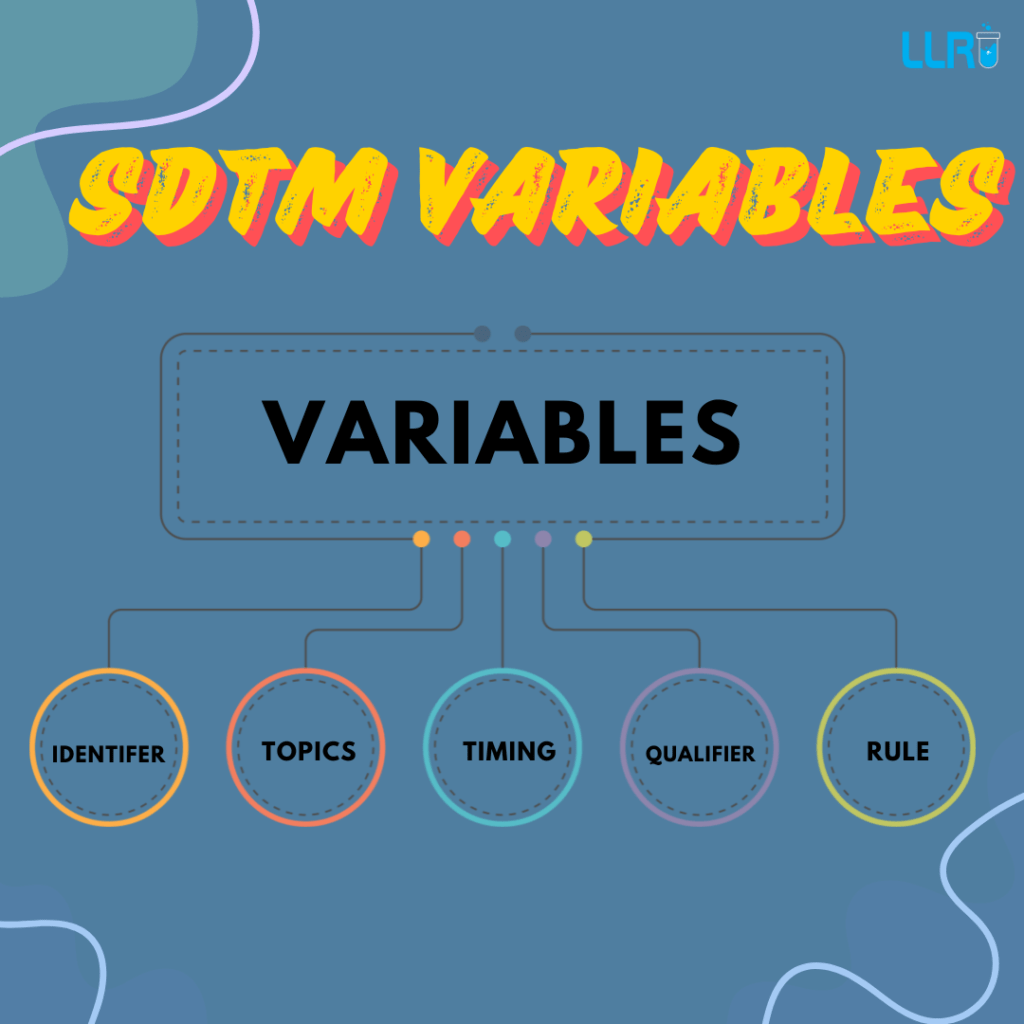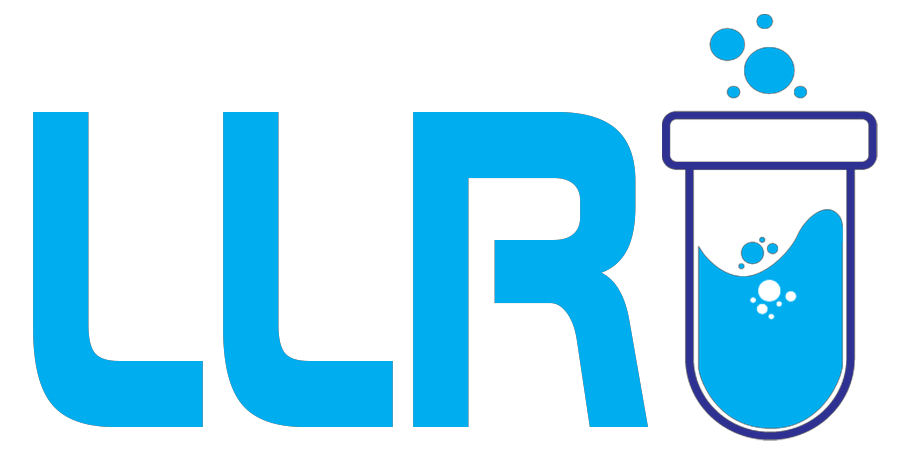SDTM Interview Questions For Experienced Candidates: One may think that being experienced naturally gives someone an edge during interviews, but it is imperative that one understands understand the key interview questions and answers related to this domain.
So, to help you out, we will cover the most important SDTM interview questions for experienced professionals. These questions will help you prepare for an SDTM interview, and crack even the toughest questions. Let’s get to it, yeah?
What is SDTM?
SDTM is a standardized data model that is used to structure clinical trial data for regulatory submissions. It plays a crucial role in ensuring that data from clinical trials is presented in a consistent format, which is essential for data analysis and submission to regulatory authorities like the FDA.
Jobs Where You Use SDTM
Here’s a table that outlines the different job roles where SDTM skills are in high demand:
| Job Role | Description |
| Clinical Data Manager | Manages clinical data collection, validation, and submission using SDTM formats. |
| SAS Programmer | Writes code to map raw data into SDTM domains and validates datasets. |
| Biostatistician | Analyzes clinical data and ensures SDTM compliance for statistical reporting. |
| Clinical Data Analyst | Works on data cleaning, validation, and transformation into SDTM format. |
| Regulatory Submission Expert | Prepares SDTM datasets for submission to regulatory bodies like the FDA. |
22 Common SDTM Interview Questions and Answers for Experienced Candidates
Here are 22 SDTM interview questions for experienced candidates should be familiar with when preparing for their interviews. These questions cover technical, functional, and practical aspects of SDTM implementation.
1. What is the purpose of the SDTM model in clinical trials?
The purpose of SDTM is to provide a standardized format for organizing clinical trial data, making it easier to review, analyze, and submit to regulatory bodies.
2. What are the different types of domains in SDTM?
SDTM domains are categorized into general observation classes, including Interventions, Events, Findings, and Special-Purpose domains.
3. Can you explain the difference between SUPPQUAL and RELREC datasets in SDTM?
SUPPQUAL contains supplemental qualifiers for variables that are not included in the parent domain, while RELREC captures relationships between different datasets.
4. What is the role of the TS (Trial Summary) domain in SDTM?
The TS domain provides high-level information about the trial design, such as the trial phase, primary objectives, and treatment arms.
5. How do you handle data discrepancies while mapping raw data to SDTM format?
Data discrepancies are handled through a robust review process, reconciliation, and by applying validation rules to ensure consistency and accuracy.
6. How does SDTM ensure data traceability?
SDTM ensures traceability by maintaining a clear relationship between the raw data and the final SDTM datasets, often through the use of unique identifiers and RELREC datasets.

7. What is the significance of the LB (Laboratory Test Results) domain in SDTM?
The LB domain captures laboratory test results, which are critical in assessing the safety and efficacy of the treatment under study.
8. Explain the difference between SDTM and ADaM datasets.
SDTM focuses on the standardization of raw clinical data, while ADaM (Analysis Data Model) is used for derived datasets that are designed for statistical analysis.
9. What challenges have you faced in implementing SDTM for a clinical trial?
Some challenges include managing complex data structures, handling missing or inconsistent data, and ensuring adherence to CDISC standards.
10. What is the role of Define.xml in the SDTM submission process?
Define.xml is a metadata file that describes the structure, content, and attributes of SDTM datasets, providing essential information for reviewers.
11. How do you ensure compliance with CDISC standards when working with SDTM datasets?
Compliance is ensured through validation tools, peer reviews, and by following guidelines laid out by CDISC and regulatory authorities.
12. What is the difference between core, expected, and permissible variables in SDTM?
Core variables are mandatory, expected variables are required under certain conditions, and permissible variables are optional but recommended.
13. Explain the significance of the DM (Demographics) domain in SDTM.
The DM domain provides critical demographic information about the study subjects, such as age, gender, race, and treatment group.
14. Can you describe the process of validating SDTM datasets?
Validation involves checking the datasets against CDISC standards, running compliance checks, and ensuring that the data is complete, accurate, and traceable.
15. What is the role of the SE (Subject Elements) domain in SDTM?
The SE domain captures the different elements of the subject’s participation in the trial, such as screening, treatment periods, and follow-ups.
16. How do you map adverse event data to SDTM AE domain?
Adverse event data is mapped by capturing relevant information like event term, severity, onset, and outcome in the AE domain.
17. What is the purpose of the EX (Exposure) domain in SDTM?
The EX domain captures information related to the subject’s exposure to the investigational product, including dosage and administration details.
18. How do you handle data from multiple sources when preparing SDTM datasets?
Data from multiple sources is consolidated, reconciled, and standardized to fit the SDTM format, ensuring consistency across datasets.
19. Can you explain how RELREC is used to represent relationships between datasets in SDTM?
RELREC is used to link records from different datasets that have a meaningful relationship, such as linking an adverse event to a specific treatment.
20. How would you explain the importance of the SDTM model to a non-technical stakeholder?
SDTM ensures that clinical trial data is standardized, making it easier for regulators to review the data, leading to faster approval of new drugs and treatments.

21. How do you handle missing data in SDTM?
Handling missing data is a common question in SDTM interview questions and answers experienced candidates encounter. It involves using specific coding conventions, such as setting missing dates as partial dates or using special flags (e.g., –DTC for date of collection).
22. What are the most common challenges you face while working with SDTM datasets?
Challenges include the following:
- Handling large and complex datasets.
- Ensuring compliance with ever-evolving regulatory standards.
- Managing discrepancies in raw data. This question often appears in SDTM interview questions for experienced candidates, where the interviewer is looking for your ability to troubleshoot and solve real-world issues.
Tips for Preparing for SDTM Interview Questions
- Learn SDTM standards: Dive deep into SDTM Implementation Guide and its application in clinical trials.
- Hands-on experience: Be prepared to explain how you have applied SDTM standards in previous projects.
- Review tools: Familiarize yourself with tools like SAS, Pinnacle 21, and OpenCDISC Validator, as these are commonly discussed in SDTM interview questions and answers experienced candidates face.
- Be updated: Stay informed about updates in CDISC and regulatory guidelines, as this is crucial for staying relevant in the industry.
On A Final Note…
Mastering SDTM interview questions is important for experienced candidates aiming for senior roles in clinical data management, programming, or regulatory affairs.
Whether you are preparing for SDTM interview questions for experienced candidates or looking to advance in your career, focusing on real-world applications and staying up-to-date with industry standards will give you the competitive edge.
Trust us when we say by following the tips provided and reviewing these SDTM interview questions and answers experienced professionals encounter, you’ll be well-prepared to succeed in your next interview!

